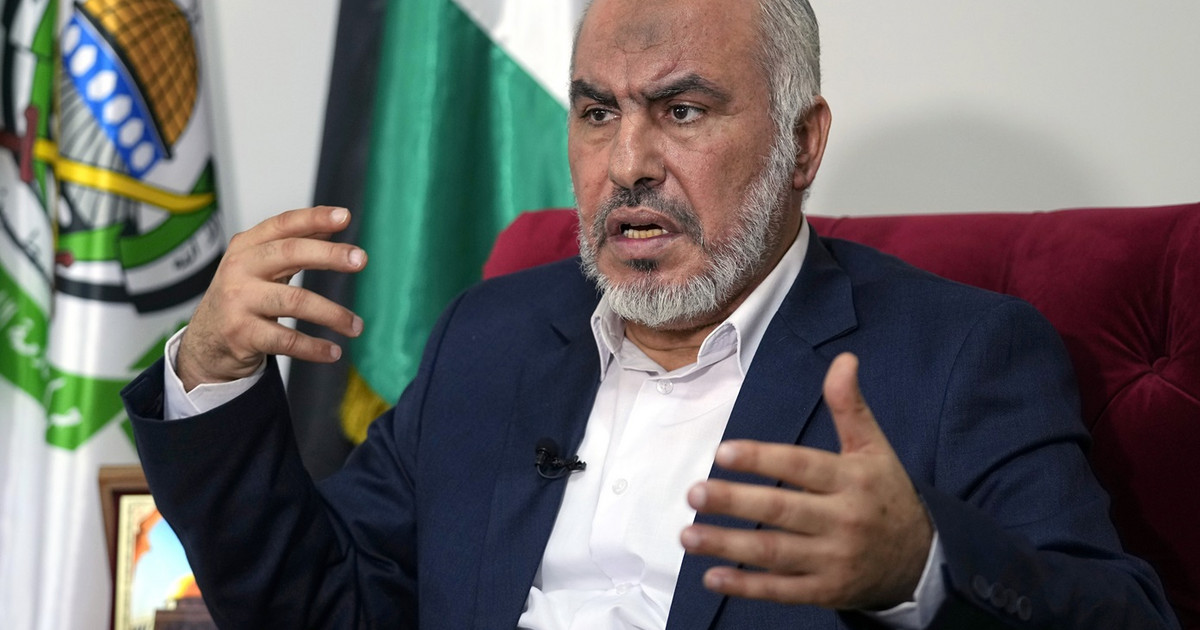LAST UPDATE: 13:19
The Governor of the Bank of Greece, Giannis Stournaras, lowered the estimates for the development. As he stated during the General Meeting of BoG shareholders, the Greek economy is projected to continue growing in 2022, but at a slower pace than initially forecast (4.8%). This, as the escalation of uncertainty due to high inflation, but also the war in Ukraine, moderates the expectations of economic units and negatively affects their consumer and investment decisions. According to Mr. Stournaras, the GDP growth rate is limited to 3.8% in the baseline scenario and 2.8% in the adverse scenario, depending on the extent and duration of the disturbances in international energy and food prices, as well as the deterioration the climate of confidence and the turmoil in the financial markets.
At the same time, a central banker stressed that: Although the main growth driver for this year is domestic demand and tourism, there is considerable uncertainty: the negative impact of inflation on real disposable household income will limit the growth of private consumption. Increased production costs and lower consumption will negatively affect business profitability and, together with general uncertainty, may lead to postponement or cancellation of investment decisions. There is also uncertainty about tourist inflows, mainly from Europe and the US, due to the declining purchasing power of households in the countries of origin, but also due to the creation of a sense of insecurity.
Regarding inflation, he said that according to the basic scenario, in 2022 inflation is expected to accelerate to 5.2%, while in the unfavorable scenario a further increase to 7% is forecast. In 2023, de-escalation is expected, subject to the full restoration of the operation of the supply chains and the decline of energy prices.
At the same time, according to Mr. Stournaras, “the restoration of the fiscal balance is vital for the further upgrading of the country’s credit rating. The good course of tax revenues and the gradual withdrawal of temporary support measures against the pandemic make it possible to drastically reduce it. primary deficit in 2022, despite the problems caused to the Greek economy by the war in Ukraine “.
Objectives
The main goals of the economic policy in 2022, as stated by the Governor of the Bank of Greece, must be to maintain its growth dynamics, in order to expand the productive potential of the economy, and to continue the efforts to recover the investment level, which must be to become a national target. After a period of anemic growth before the pandemic, the Greek economy needs to follow a growth path aimed at converging with the eurozone, changing its productive model and emphasizing investment and extroversion. Today’s major international geopolitical challenges should be seen more as an opportunity to accelerate planned reforms than as a problem. Such examples are the creation, in Greece, of a large green energy hub and the digital transformation of the state. The normalization of Greek-Turkish relations and its economic footprint is also an important opportunity.
Bank System
Referring to the banking system, Mr. Stournaras noted that: in the current environment of changing financial conditions, Greek banks have to face significant challenges, such as new NPLs that may arise after the withdrawal of support measures, but also due to high inflation, the obligation to meet the Minimum Equity and Eligible Liabilities (MREL), the need to absorb the effects of the International Financial Reporting Standard 9, the effects of climate change and the adoption of new, digital technologies. It is becoming clear that continuous vigilance and more intensive action is required on the part of banks in order to further reduce NPLs, strengthen their capital base and utilize increased liquidity.
Sources of danger and uncertainty
Finally, referring to the sources of danger and uncertainty, Mr. Stournaras stated the following:
The Greek economy has to face a number of risks, both exogenous and endogenous. External risks are linked to geopolitical tensions and their effects on the global and European economies and, above all, on inflation, the control of COVID-19 variants and climate change.
The pandemic as a threat has subsided, although it has not been completely and definitively eliminated. But the most important external risk in the short term is related to the duration of inflationary pressures, which is related to the war in Ukraine and related economic developments. As inflationary pressures appear to be taking on a more permanent character internationally, they are spreading to the wider economy, adversely affecting disposable income, consumer and investment expenditure, profit margins, asset returns, real wealth, and tourist inflows. magnification rate. At the same time, the strengthening of inflation advocates the normalization of the single monetary policy and the tightening of financing conditions, with an impact on the cost of borrowing.
In the medium to long term, the most significant external risk arises from the non-linearity of the climate crisis, which poses a serious threat to macroeconomic and financial instability. The risks for banks from the climate crisis are significant. Credit risk, which is related to the inability to service loans, market risk, as it negatively affects the value of assets, liquidity risk, to the extent that the climate crisis affects the sources of financing of banks, and operational risk due to losses. in infrastructure after natural disasters.
Endogenous risks are related both to the long-term pathogenesis of the structure of the economy and to issues inherited from the debt crisis. These risks include:
i. the possibility of lagging behind if strong growth is not achieved and reform policy is not accelerated,
ii. the sharp increase in the already high ratio of public debt to GDP,
iii. the high stock of NIS,
iv. the accumulation of private debt,
v. low structural competitiveness,
vi. the high investment gap,
vii. the inability of education to keep up with developments in the international labor market, resulting in a high youth unemployment rate,
viii. the possibility of inability of the public administration for the timely disbursement of European funds and any administrative obstacles in the implementation of investment plans,
ix. the long delay of the justice system.
Eurozone
In terms of the eurozone, GDP is expected to slow down in 2022 in the eurozone, due to a drop in confidence and a stabilization of inflation at a higher level. Safe predictions can not be made, he noted characteristically.
According to the baseline scenario, a growth rate of 3.7 is projected in 2022, compared to 4.2 expected before the war.
Inflation is expected at 5.1% in 2022 and in 2023 at 2.1% and in 2024 at 1.9%.
* See the entire speech of the BoG governor G. Stournara in the right column “Related Archives”
Source: Capital
Donald-43Westbrook, a distinguished contributor at worldstockmarket, is celebrated for his exceptional prowess in article writing. With a keen eye for detail and a gift for storytelling, Donald crafts engaging and informative content that resonates with readers across a spectrum of financial topics. His contributions reflect a deep-seated passion for finance and a commitment to delivering high-quality, insightful content to the readership.






